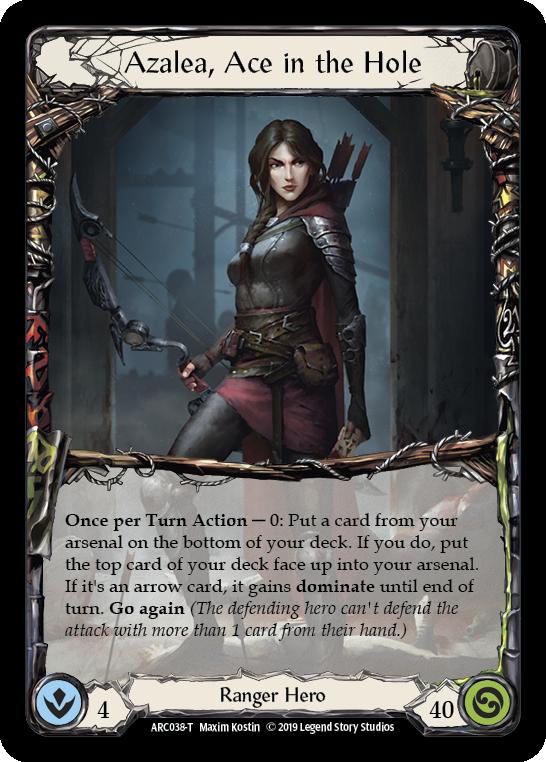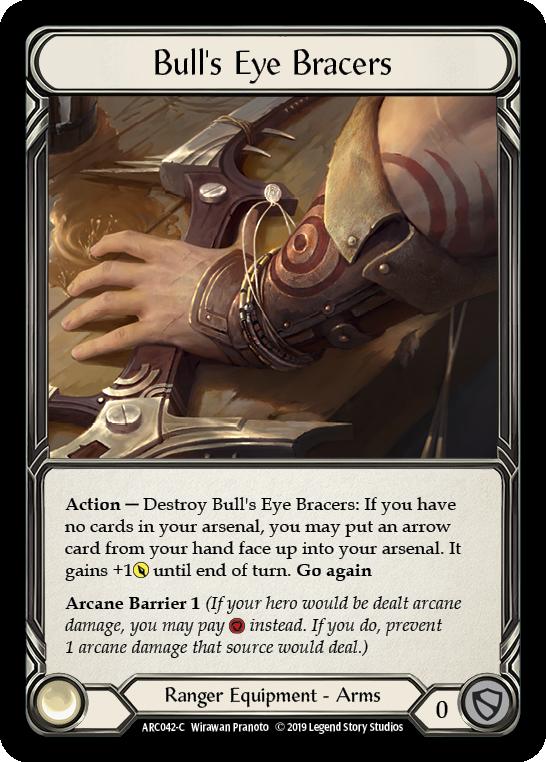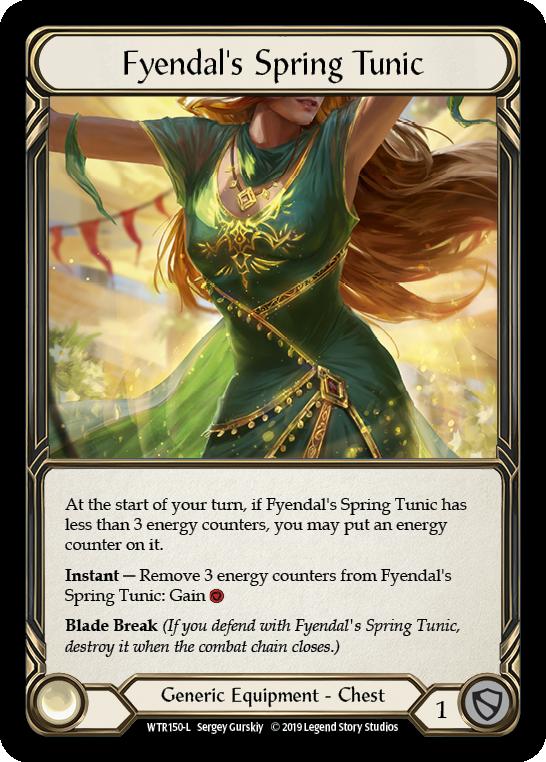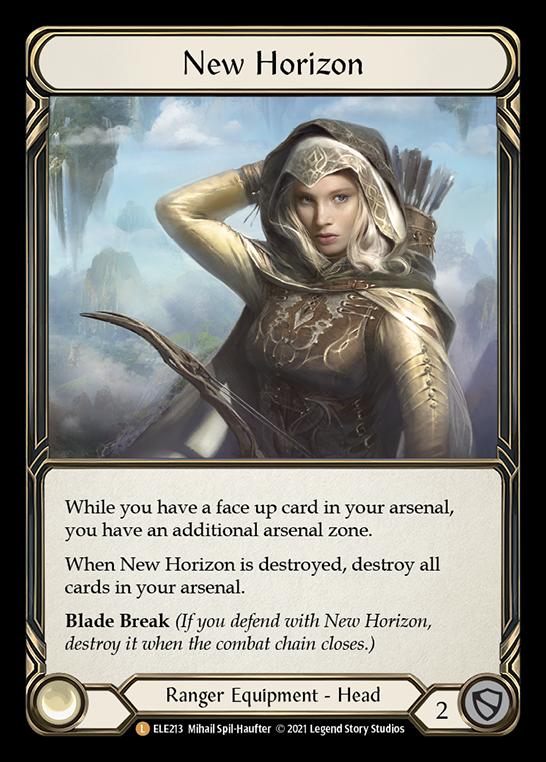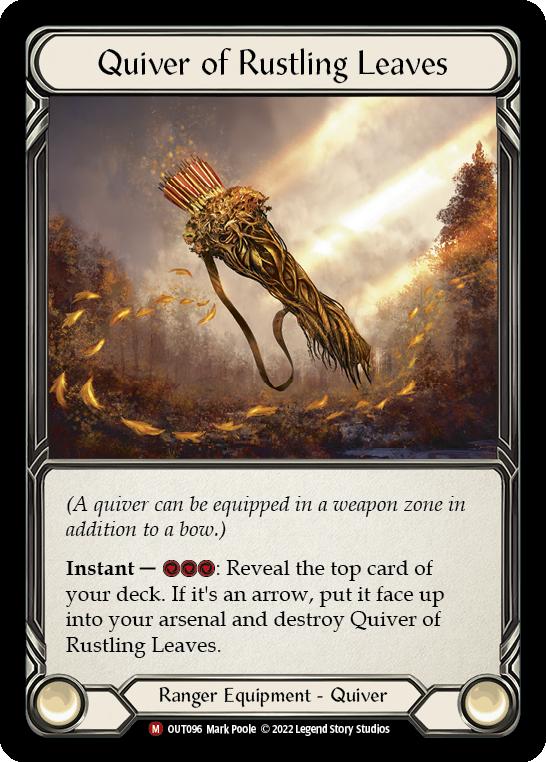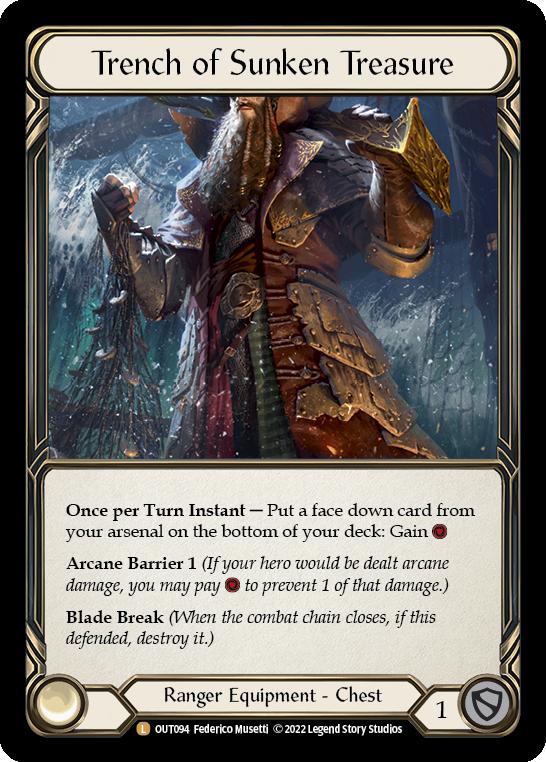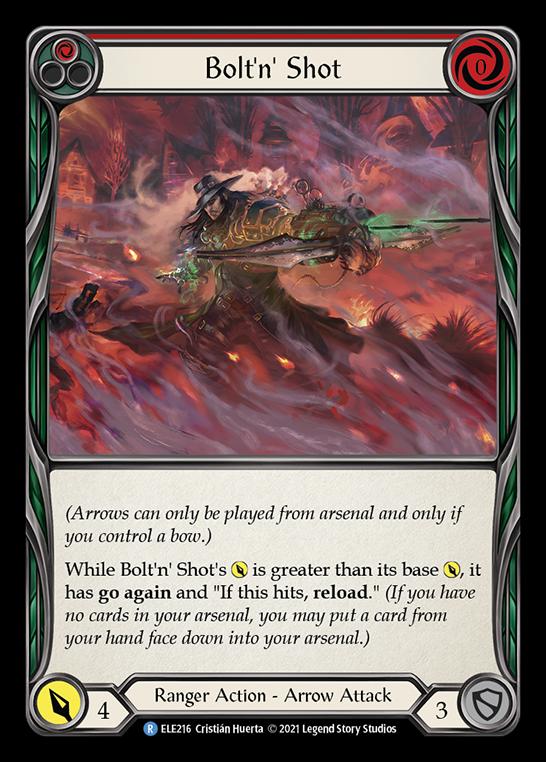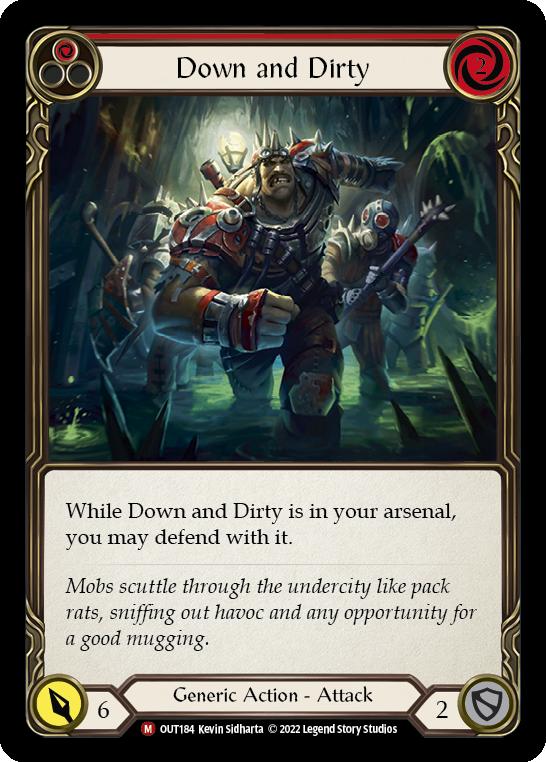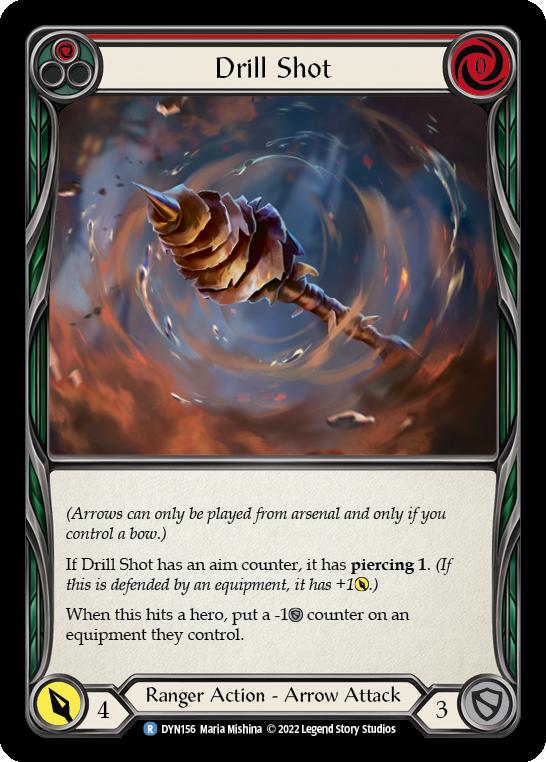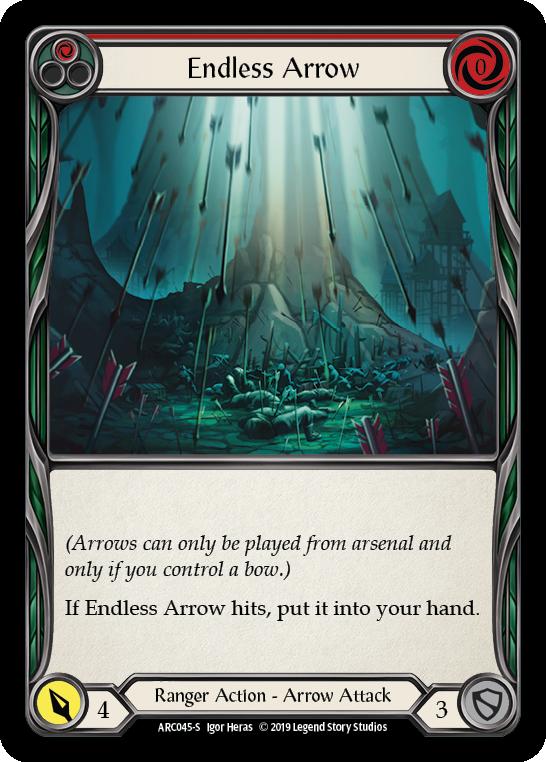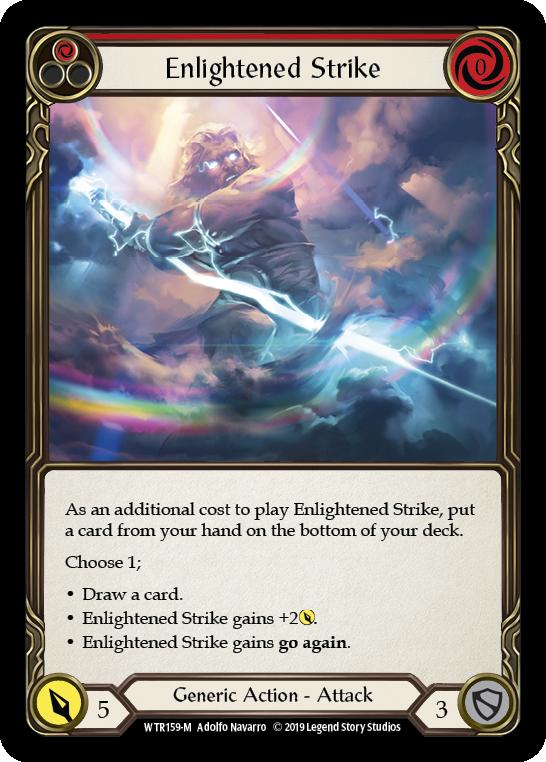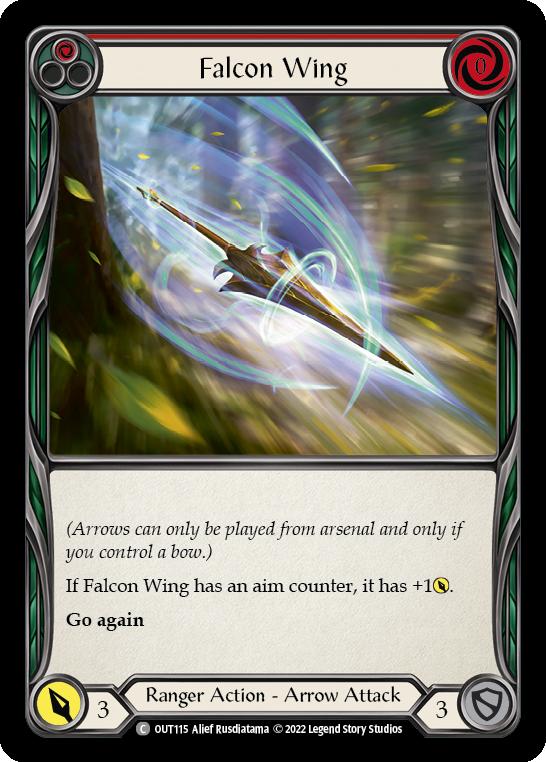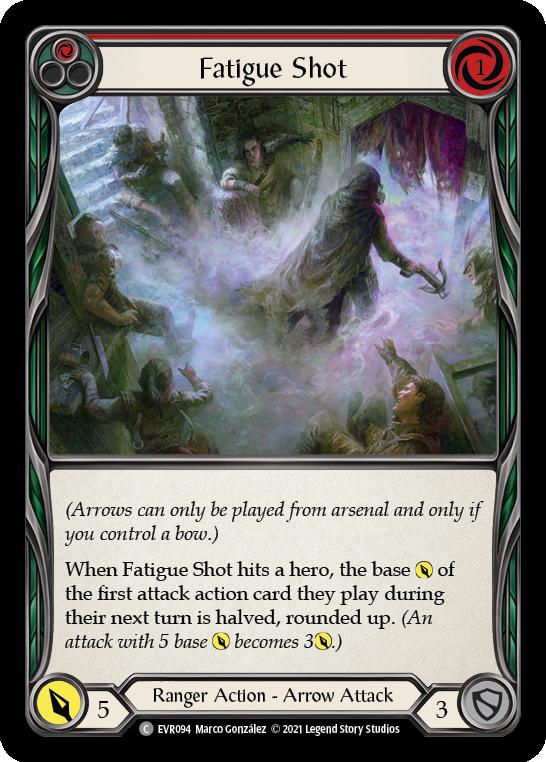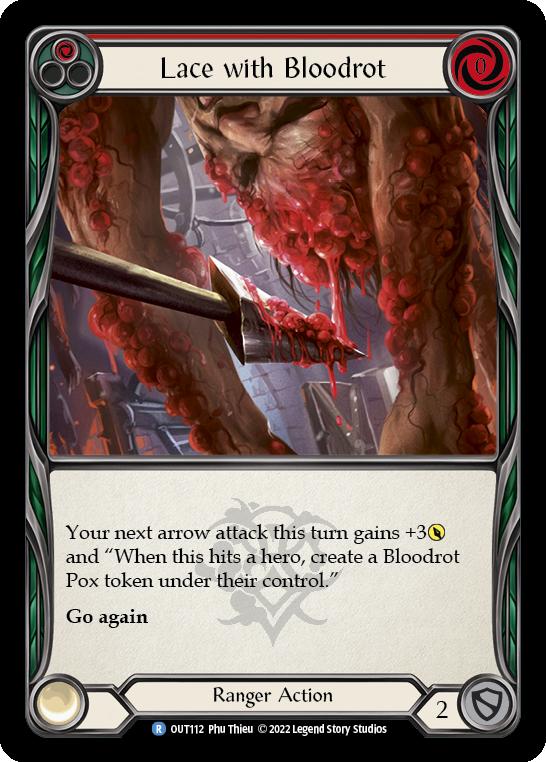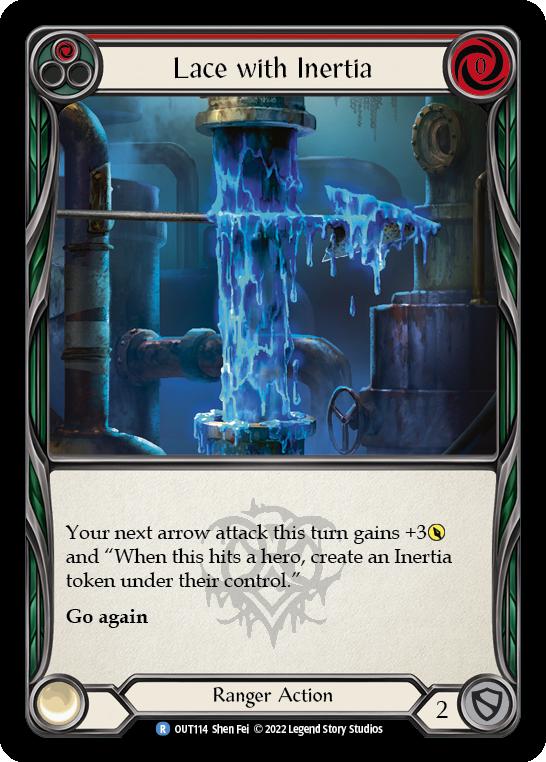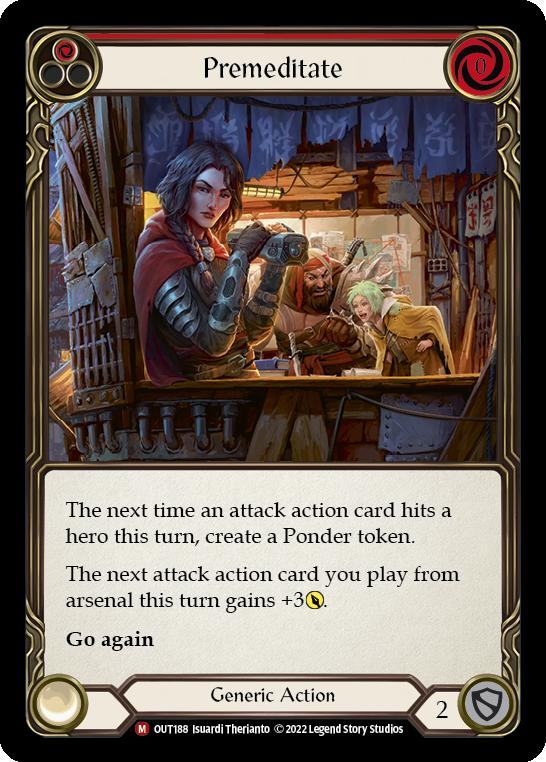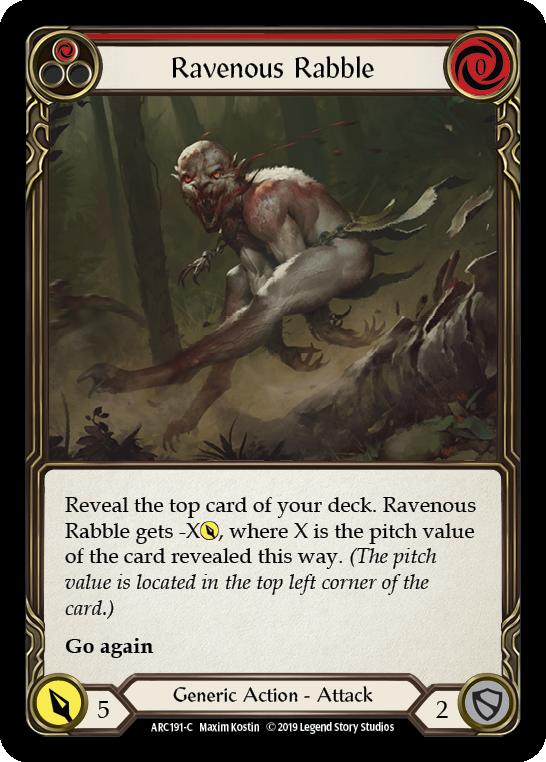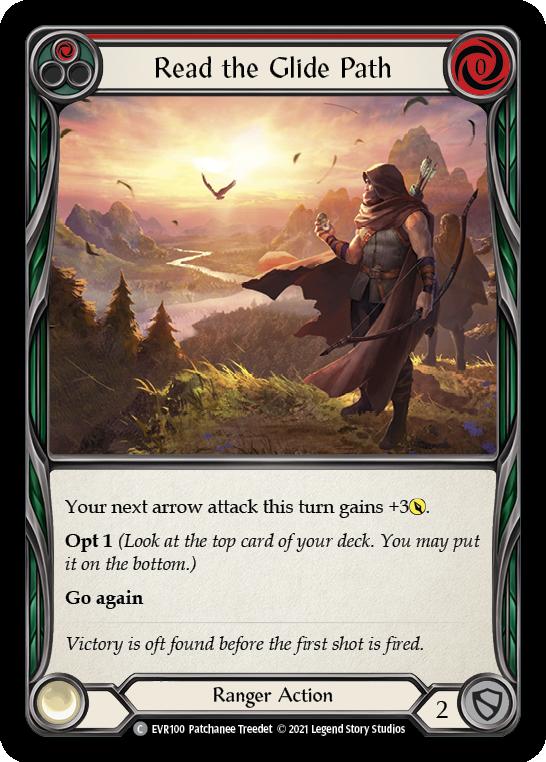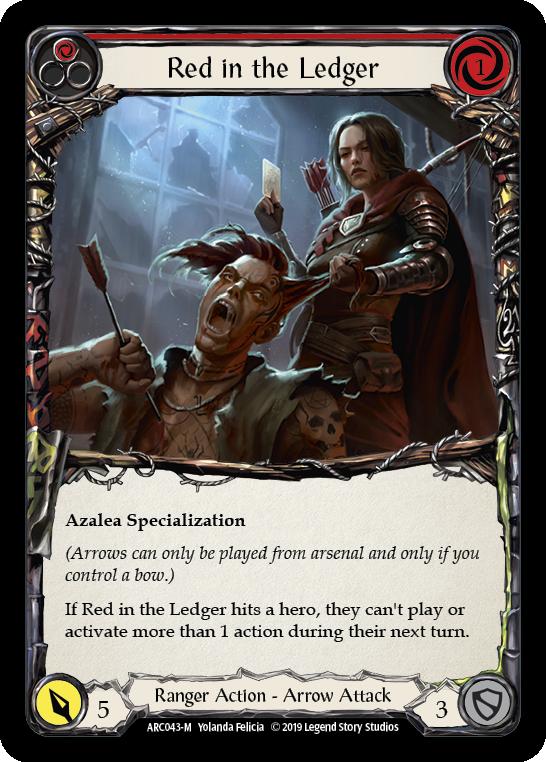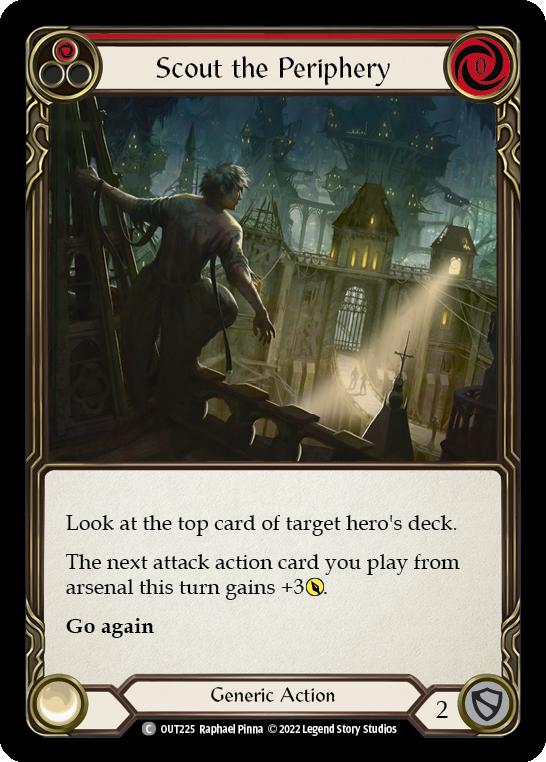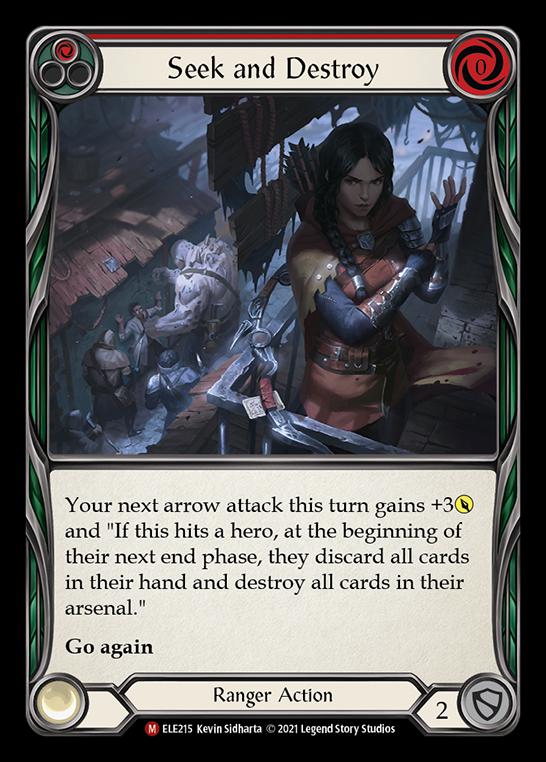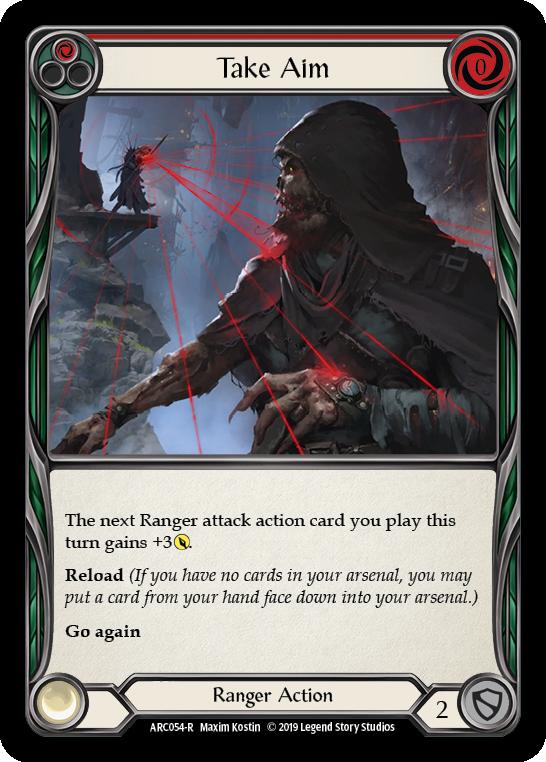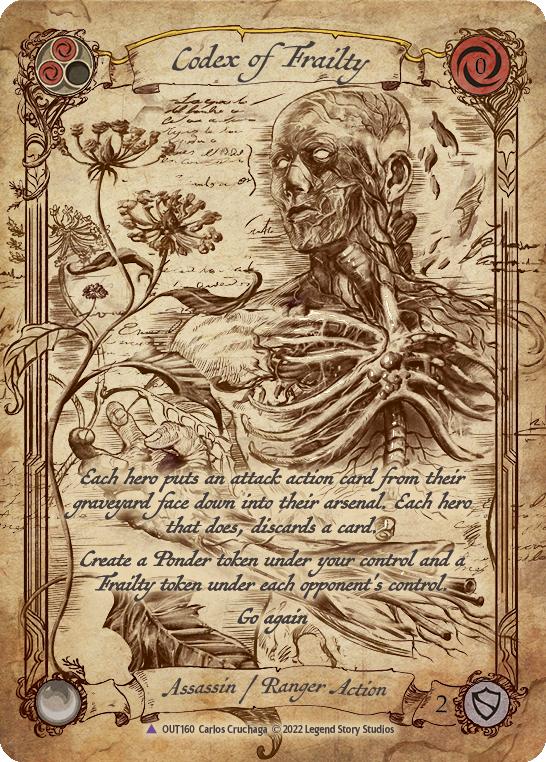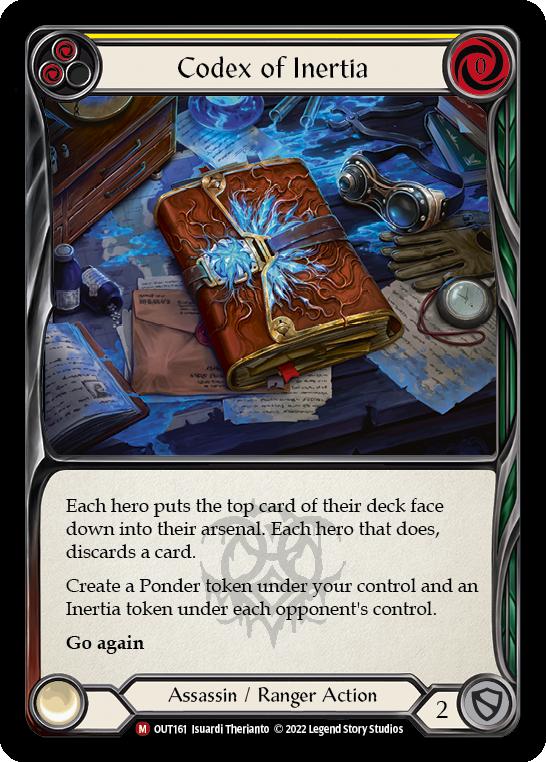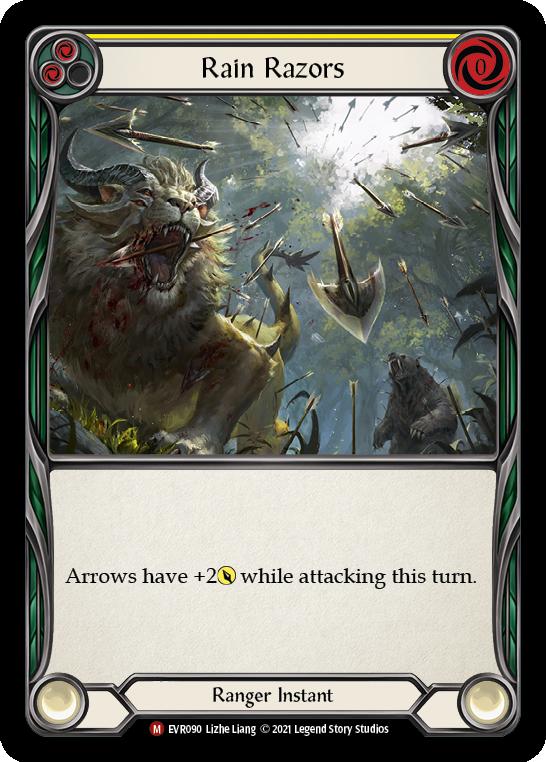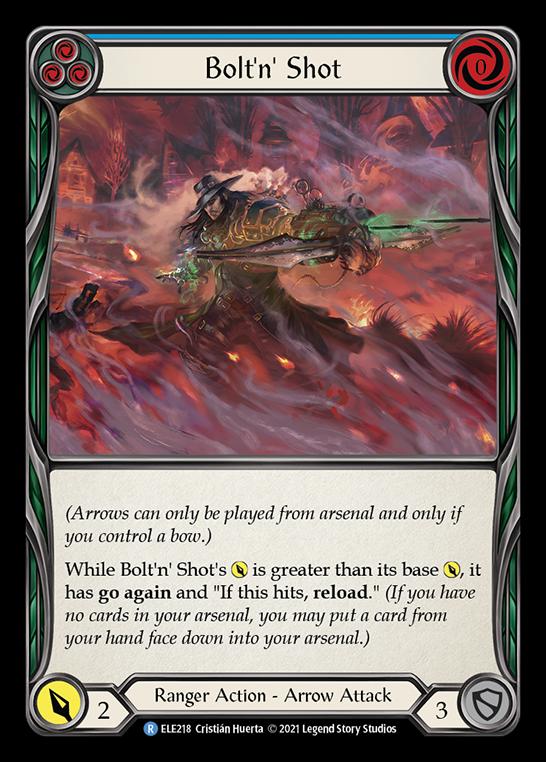How I Got 28th Place at the Flesh and Blood World Championship
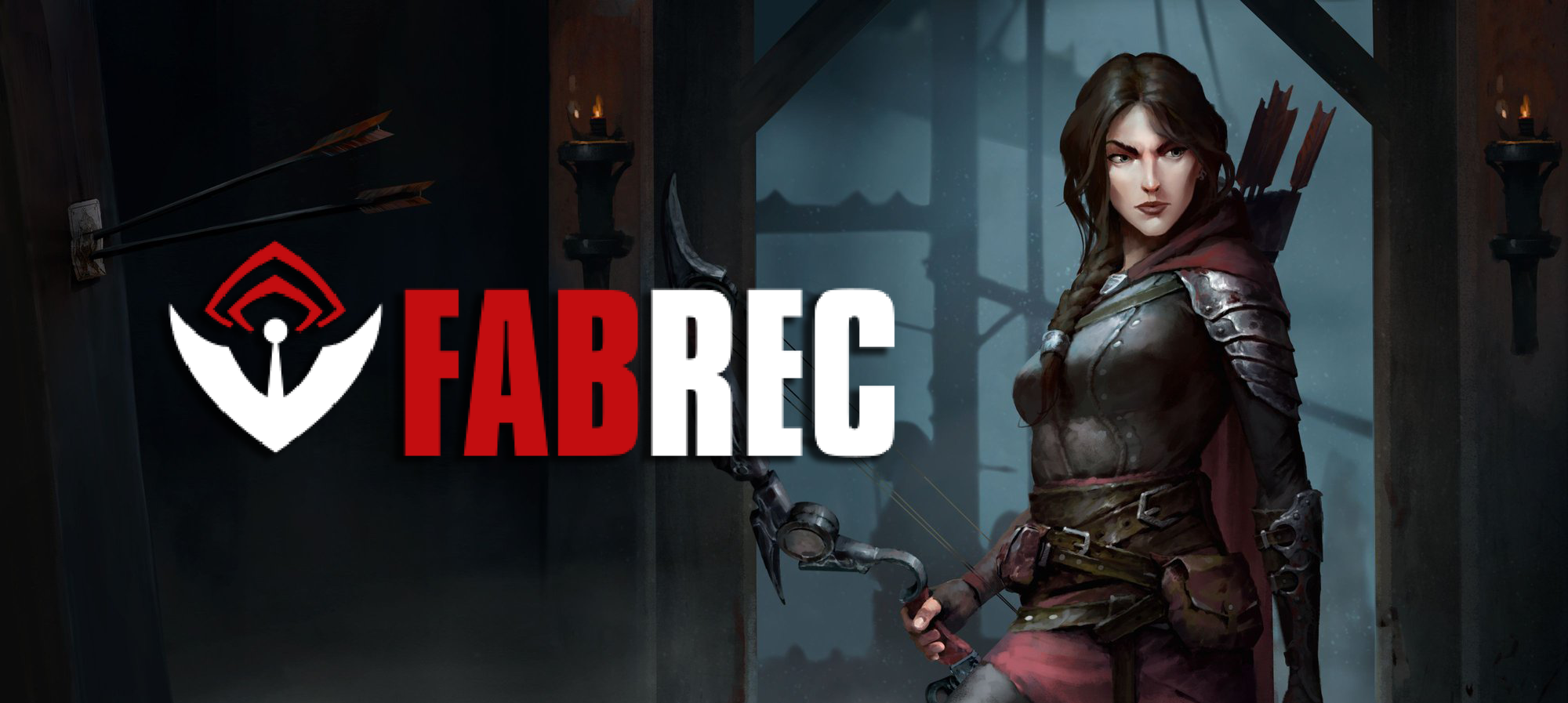
(Azalea, Ace in the Hole | Art by Maxim Kostin)
I’m back with the second half of my Flesh and Blood World Championship: Barcelona run, featuring Azalea, Ace in the Hole running New Horizon. But how did I end up on this list, and how did it do? Keep reading to find out. This article covers the Constructed half of my preparation that amounted to my 28th placing. Click here for the article on my limited run and preparation.
Thanks to Denny Sunarjo, Fen Fei, Kai Yang and all the folks in the testing house for help with refining the deck, and the practice.
Where’s the Rhinar?
Right. Calling: Taipei was a mild train wreck for me. I was fresh off the heels of my examination season, and way too busy to prepare or think about Flesh and Blood. My choices for that tournament were either Uzuri, Switchblade or Rhinar, Reckless Rampage. I was leaning to Uzuri until my friend Elliot crushed me in that matchup hard enough for me to choose Rhinar, leading to a mediocre 4-3 run.
I then spent some time catching up on school, largely practicing Limited whenever I could and attending a single ProQuest. With the departure of Lexi, Livewire at the end of the Calling season, I figured Rhinar was a good choice. My initial metagame read was Dromai, Ash Artist, Bravo, Showstopper, Iyslander, Stormbind, Azalea, Ace in the Hole, Fai, Rising Rebellion and Dash, Inventor Extraordinaire. A meta that Rhinar enjoyed.
Hypothetically, Rhinar had favored Bravo, Dromai, and Iyslander matchups due to his anti-control capabilities. He falters against aggro, but with the best aggressive deck out of the way, and Ninjas being the up and comer, he’d have sufficient counter-play due to Scowling Flesh Bag, I thought my choice for Worlds was in the bag.
A week before my flight, however, I went 0-4 for the first time in my life, and at a ProQuest, no less. This made me think about whether Rhinar was that clear of a pick. Don’t get me wrong, Rhinar was a fine choice. However, I looked elsewhere due to four factors.
1. There was a rise of Dash I/O with Thomas Dowling’s 14-1 run at Calling: Melbourne, and due to Rhinar’s lack of real methods of interaction with that deck outside of Erase Face. The aggressive-deprived meta I had hoped for was called into question. Another aggressive deck that caught my eye was the deck that I ended up bringing, and I was deathly afraid of that matchup.
2. I hadn’t played Rhinar competitively in months. Having caught three losses to Iyslander, Stormbind via Kaiser Wong, Chu Heng, and Jin Han at Calling: Taipei and the ProQuest I had attended, I questioned whether that matchup was favored at all. And if not, what did I have to do to make it favored?
3. Variance. I had caught several bouts of bad luck, with Scabskin Leathers rolls, poor draw, and Pulping during my events and testing with Rhinar. When playing Brute, you need the will to make risky choices if the risk is worth the reward. I felt that my ability to make sound decisions was hampered due to this variance, especially under the massive pressure I would be under playing at Worlds.
4. Lastly, I’d found a sick alternative.
So, Azalea?
During Nationals Season I was looking for alternatives, as my go-to hero Uzuri, Switchblade was looking to lose her best matchup soon (Lexi, Livewire), and I wanted to explore my options. My friend Denny Sunarjo, upon an innocuous DM, started selling me on this redline Azalea, Ace in the Hole deck that had reached second place in Australia’s Nationals and was getting him Armory success. Having watched a few games, I was sold on its power and had it at the back of my mind as an alternative if Rhinar had not been as optimal of a choice as I had hoped.
Rhinar crashed, so I immediately put in the work to learn the Azalea deck, with just two weeks until the Flesh and Blood World Championship.
Worlds: Barcelona 28th Place
The basics of this deck is simple: dump as much damage as possible using New Horizon to enable unique powerful lines with Codex of Frailty and Codex of Inertia, and create a second arsenal with either Death Dealer, or blinding Azalea, Ace in the Hole‘s hero power. To enable this play style, each and every card attempts to be playable off of Azalea’s hero power. There are several concepts that underpin the power of this deck.
Firstly, Death Dealer. Drawing a card is a very powerful effect in Flesh and Blood, and with Fyendal’s Spring Tunic, this enables seven-card turns, being an unstoppable assault against decks attempting to block them out. While Azalea traditionally uses powerful dominate attacks to evade defense, this deck aims to overwhelm defensive decks with raw damage.
Secondly, the Codices and New Horizon are the nuts against defensive decks. The Codices have the ability to disarm an opponent’s blocking ability if their arsenal is empty and are both powerful one-card hands. Codex of Frailty‘s power is known, being able to cycle Red in the Ledger or act as a proxy of a zero-cost arrow, slapping an opponent with a Frailty token and yourself with a Ponder token for an arsenal at the end of turn.
Codex of Inertia‘s power, however, is less obvious. What it’s good for is opening an opponent up for attack. Say you hit your opponent with an attack with go again, shrinking their hand. Then, you cast Codex of Inertia, blinding the card you topped off the deck, and resolve your Ponder token. You leave yourself with a six-card hand for attack, and an opponent without an arsenal the following turn for defense and a disrupted hand. This line of play is devastating against any deck attempting to block you out. New Horizon is the enabler for these plays, as the second arsenal slot and reliance on low pitch costs changes Azalea from a deck that fires a single tall dominated attack to a deck that puts out consistent unending pressure.
Lastly, it was a dark horse with good matchups into the Worlds metagame, as I’d perceived it. The Bravo, Showstopper matchup is only unfavored if the opponent is prepared with Warmonger’s Diplomacy and the correct mindset of playing into the matchup. With several inertia effects, the deck’s also very powerful into Iyslander, Stormbind, and Dromai, Ash Artist is an even-to-favored matchup depending on the draw. Azalea is very favored into the Mechanologists, as they lack the ability to match your damage output or counter-play into Red in the Ledger chains.
The fact that it was an unknown proactive strategy was a great boon for the deck, giving an edge against players who might not be able to adapt to it on the fly. We were sold that it was a powerful deck in the metagame. In fact, our team was so sold on its power we were debating whether it was a known secret, especially since there was no discussion of New Horizon Azalea entering Worlds.
Preparation
My preparation with this deck was shaky at first, being the first aggressive deck I’ve piloted competitively. However, given that I had experience with Riptide, Lurker of the Deep‘s play patterns in the past (New Horizon is the truth, people), I’d gotten the hang of it quickly enough. I attempted to get games into every matchup possible during the limited window I had to learn this deck, however, due to the nature of the testing house I resided in, I had next to no games against aggressive decks across the board. But I had plenty of games into Bravo, Showstopper and Iyslander, Stormbind. I cannot understate how many Spinal Crushes I ate over the week-long stay in Barcelona, but through the suffering, I was confident in playing near perfectly into defensive decks.
On the other end of the spectrum, I was worried. I essentially had to play on the fly against most aggressive decks, and was unsure on certain minute plays, such as how severely I had to play around Warmonger’s Diplomacy against Ninja, or how much damage I was willing to give up to make a play for Red in the Ledger over dealing damage. Either way, I was out of time, and I had to trust that three years of playing Flesh and Blood had left me some semblance of fundamentals. And after many rounds of practice, either online or the several games I grinded back in Singapore or in the testing house, I was as ready as I could get before facing the world’s best players.
Soon enough, Round 1 would begin.
R1 Jose Maria Mellado Becerra – Dash I/O – Spain
The first of my two Jose mirrors, we had a good laugh considering there’s next to no Joses in Singapore. While waiting for our game to begin, we shuffled up and chatted, and figured he was the runner-up for Spain’s Nationals Championship. No easy games at Worlds, I figured. I was kinda nervous, as I only had one game into Dash I/O before Jose, and it was a bit of a walkover as my opponent then seemed to still be learning the deck.
I lost the dice roll, and he had laid a Boom Grenade and passed. I responded by casting Nock the Deathwhistle and dominating a Red in the Ledger for eight. He attempted to block, as I proceeded to toss another two Red in the Ledgers within the next three turns. I missed on one turn, however, looking to dump damage bringing him down to 20. I was very ahead, leading the game 40-20 health at one point in time. However, considering he didn’t block on my last turn despite the inertia on hit, I was expecting something big. I was, somehow, still not ready.
What I got to see was Dash I/O at its greatest potential. I was casually chatting him up as he spent about 10 minutes resolving a turn where he cast two Tome of Fyendal‘s (from hand), two Boom Grenade hits, several boost attacks, a cranked Dissolving Shield AND a Maximum Velocity. When the final attack came, I considered blocking with the Enlightened Strikes that I had kept to play around Pulsewave Harpoon, but I kept them to maximize my retaliation and flexibility of my hand, hoping he’d brick his following draw.
He brought me from 40 to 10 in one turn. I didn’t hit a spectacular Azalea blind and slowly lost the game to suboptimal draw, poor trades, and Symbiosis Shots. In hindsight, perhaps through a different line on the critical turn, the game could have been closer, but the result would have been the same. A sad start to my run, but I focused on my future games and playing well.
After some lovely post-game chatter, Round 2 was paired. 0-1.
R2 Isaac Murray – Iyslander – Great Britain
I had several games practicing against Iyslander, Stormbind in house, and the matchup amounted to stemming the bleeding when you’re behind, pressing the advantage hard when you’re ahead, and taking calculated risks when playing around Iyslander’s arsenal.
A lot of these thoughts were thrown away, as I had gone first and managed to dominate an early inertia source for 10. Lovely. I pressed the life total advantage as I took even trades with Iyslander’s Fyendal's Fighting Spirits and Scar for a Scars. I waited out his Channel Lake Frigid and cornered him in the end game with an inertia effect, pressing the cards out of his hands and preventing an arsenal up until I closed the game when given the window.
Very much a high roll, but also the deck being a dark horse did show its strengths here, catching my opponent unprepared. 1-1.
R3 Max Löhe – Bravo – Germany
Bravo, Showstopper was a matchup I was nervous about, as it was unfavored if he knew about my deck. He did not. I won the dice roll and spent the first turn setting up a six-card hand. After landing a Macho Grande on his turn one, I proceeded to present powerful hand after powerful hand, knocking each card out of his hand while he was unable to set up a counter-attack.
By the end of the game, it was 26 life to zero, with me only taking damage from the Macho Grande and a Command and Conquer. We discussed after the games, and in review, his hands had no opportunity to line up for a proper counter-attack outside of vanilla Command and Conquers. It was unfortunate, but such are card games. 2-1!
R4 – Michael Hamilton – Bravo – USA
Rumors had spread that the wolf pack had invented some “Tunic Bravo,” and I got to see it for myself! After some pre-game chatter and a quick photo, we started the game. I went first and set up a six-card hand. I started to piece together the game plan of his deck, and played as if it was “Oldhim, but Bravo.”
As the game played out, he made lines that were noncommittal, doing clean trades as I did my best to shove him onto the back foot with my damage. My turns didn’t line up as cleanly as the previous game, but neither did his, going most of the game leaving his Fyendal’s Spring Tunic on three.
The game was stressful, as with each Titan’s Fist swing he brought me to the critical life point of one, where he could begin to hamper my assault. The game ended with me hanging onto my final point of life, firing an arrow for 15, catching him without a defense reaction in arsenal.
We had some discussion after the game, and the lack of familiarity to each other’s deck played a massive role; him not knowing that I ran no defensive tools caused him to make safer plays had he known otherwise. Either way, defeating the defending World Champion does give you a high, and helped quell my nerves heading into the draft.
R5 – David Yau – Iyslander – Hong Kong
I’d been knocked out of Top 8 contention during my Limited run, and functionally lost one tier of winnings each time I took a loss. Casually losing four digits worth of money every time you take a loss is stressful, to say the least.
I had played against David Yau in the first Calling: Singapore and had a good chat before the game. He was very competent, and I landed a dominated hit, bringing him down to 26 on turn zero, much to his dismay. My following draws were significantly worse, with full red hands for three turns straight as I struggled to play safely around Iyslander, Stormbind‘s disruption. I was forced to take his physicals in order to maintain my assault, despite its inefficiency.
Moving into the endgame, each turn was pivotal for the both of us as he continued to trade my life total dangerously low, as I could not keep him off his arsenal. He played incredibly well, playing through extremely difficult lines given the hidden information I was keeping from him, having to play around blues, Rain Razors, and Codices from hand. The game slowly came to an end as I managed to push enough damage, forcing him off his arsenal and closing the game. 4-1 (8-3)!
R6 – Victor Brøcker – Kodachi Fai – Denmark
I thought Fai, Rising Rebellion was a good matchup. I thought wrong. Theoretically, Red in the Ledger made the matchup good, and having not played against Fai in the longest time made me underestimate the deck. Turns out their chunks of armor, defensive package for Bravo, and a casual three main-deck copies of Warmonger’s Diplomacy makes this matchup difficult.
My opponent won the dice roll and went second, and I was unable to high roll an early on hit as I prepared for Fai’s onslaught. As the game progressed, I was unable to stick an efficient Red in the Ledger chain due to his defensive tools, as he slowly chipped me down threatening Mask of Momentum. As we moved towards the endgame, I started to garner an advantage as I drew Frailty sources before I shoved a Red in the Ledger for 13, forcing him to block out. However, with the last card in his hand, he cast a Warmongers. I fired an innocuous Bolt'n Shot for three, casting double Rain Razors, with him barely blocking with Mask of Momentum, bringing his life total down to two. As the game slowly waned to a close, I was unable to pull back the advantage and eventually lost.
Out of Top 16, but I had a great chat with my opponent before packing up. I cleaned up my mental and moved onto the next game. 4-2 (8-4).
R7 – Cayle McCreath – Bravo – New Zealand
Oh boy, if there was a Bravo, Showstopper to beat, it was this one. Cayle McCreath is the godfather of Bravo. He was aware of the New Horizon deck, with the New Zealand team having considered it a threat.
The game played out cleanly. I applied massive amounts of pressure as he showed his discipline in blocking, only utilizing armor on the most critical turns. We traded friendly banter as the game went on, as he noticeably pitched and sank down several power cards, making me worried of his eventual second cycle. Somewhere during the mid-game, I’d managed to disrupt one of his pivotal turns via Codex of Inertia, keeping him on the back foot.
Unfortunately, somewhere during the middle of the game, he managed to find an opening to slam me with a dominated Star Struck. We both knew I had no defensive tools at this stage of the game and I was at his mercy, eating another Star Struck on the following turn. I did what I could to cycle my hand and arsenal using Azalea’s hero power and pitching for Death Dealer, preparing for a counter-attack the second he let up, and saving my New Horizon and Tunic to block out a Spinal Crush turn. Following the second Star Struck, he swung Anothos with the cleanest Pummel poker face I had ever seen, and I gave him a respect block to avoid death to Pummel.
He grinned as he arsenaled and passed, and I proceeded to fire off four arrows the following turn, backed by a Rain Razors. The tempo was mine after, slowly counting out his remaining defense reactions and barely edging out the game with single digit cards left in the deck. A Red in the Ledger hit for 14 and he blocked for 13 with his very last defense reaction, with one life left.
Probably the most intense Flesh and Blood game I played all year. Truly a fearsome opponent. 5-2 (9-4).
R8 – Kelvin Law – Katsu – Hong Kong
Kelvin Law is an all-time great in Asian Flesh and Blood, a haunt for all online events late in the night during lockdown. Due to our similar surnames we often sit near each other during player meetings and have had friendly chats on occasion. In fact, he was the first foreigner I spoke to during the player reception, and we traded which decks we were playing in the small talk. Who knew we’d play on the final round, with $1,000 USD and a PTI on the line?
Victor had left me shaken on the Ninja matchup, as did a friend Ivan Teo back at home, disciplining me with his Katsu, the Wanderer mere days before I flew off.
He chose to go first, and the game began.
We were both, frankly, very fatigued, and there was a point where we couldn’t subtract our life totals properly, to our amusement. The game was largely in my favor as he played conservatively, blocking out whenever he could as I laid out my assault. I drew well, able to keep up pressure throughout most of the game, landing Red in the Ledgers on opportune points. On one turn, however, he turned the tempo by pushing a large Bonds of Ancestry as I restrained blocking to prevent a powerful chain. He tutored for Whelming Gustwave instead of Dishonor, however, and I played to block that out at the end of the chain, mitigating my losses.
The game drew late as I started to be chipped via Harmonized Kodachi. On a pivotal late turn, I found an opportunity to flip the game by forcing his hand in consecutive turns, forcing his equipment to retaliate and closing the game with Lace with Bloodrot, Take Aim, and Codex of Frailty pulling for a Searing Shot.
The game was a product of variance, as my draw was far better than his. He only cast one Warmonger’s Diplomacy throughout the game and drew his defensive tools at inopportune times. We chatted long after the game, talking about our lives and our history and future with Flesh and Blood as the event began to wind itself down.
While it was not the most exciting game, talking to an old friend was definitely the way I wanted to close out the tournament. 6-2 (10-4). 28th place!
Closing
So, what went wrong? Firstly, my lack of practice against aggressive decks did come back to bite me, but more importantly, Ninja had more presence than I thought it would. Turns out Fai and Katsu did have a sizable presence at Worlds, and leaving my preparation to “pray and chain Red in the Ledger” cost me. Had I known, the appropriate sideboard preparation could have been made with cards such as Remorseless. There is learning to be had in predicting the metagame better. Before the tournament, I had expected 15% Bravo, 10% Iyslander, 15% Dromai, 8% Katsu, 8% Fai, 10% Azalea, 8% Dash I/O, 8% Dash I/E and 5% Rhinar, and the rest on miscellaneous decks. This was a problem during my previous Worlds run as well. To achieve better results, a more grounded read will be needed.
I had a diligent work ethic as the tournament approached, focusing on humility. Firstly, as an individual learning a new deck within the span of two weeks, I had to take every bit of advice and mistake as a learning opportunity. Secondly, as I learned from my previous Worlds run, every opponent was competent and you cannot be complacent about their ability or preparation. The work I had put into the appropriate matchups (Iyslander and Bravo) did pay off, and where I had not put in the work (aggressive decks), it cost me. I intend to take this work ethic towards all aspects of my life, inclusive of any other major tournaments I intend to prepare for.
Barcelona is a lovely city, and this trip is one I will remember for a lifetime. Now, looking to the future with Heavy Hitters on the horizon, upgrades to Flesh and Blood‘s Pro Play Circuit, and the recent shifts in meta due to Lexi and Iyslander’s Living Legend ascension, the future of Flesh and Blood has never looked brighter. I’m excited to be a part of it all.
I’ll see all of you local readers and friends soon at prerelease as we begin a new year of Flesh and Blood!
